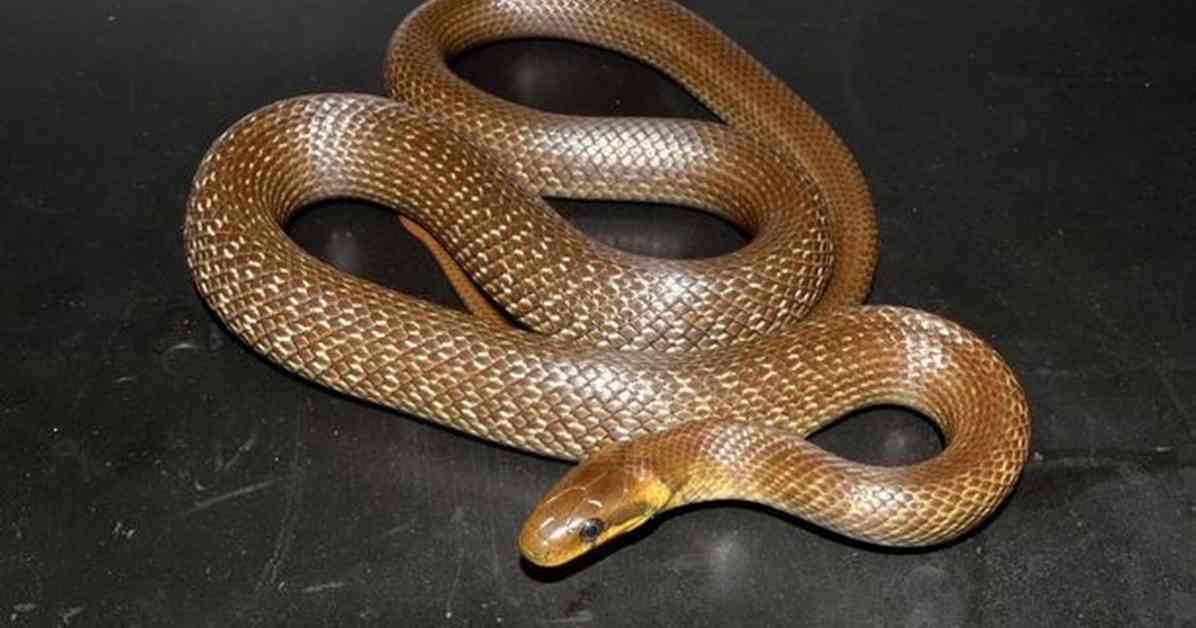A surprising discovery has been made in British attics and walls, where a snake that can grow up to 6ft long has been spotted. This snake, known as the Aesculapian, is one of Europe’s largest snakes and is native to warmer parts of the continent such as southern France and Italy. Interestingly, this species had not been widely seen in the UK for 300,000 years, but it was accidentally reintroduced in the 1970s after an escape from the Welsh Mountain Zoo in Colwyn Bay, north Wales.
The Aesculapian snake preys on rodents, which it crushes to death, but it poses no threat to humans. Research conducted by Wolfgang Wüster, a professor in zoology at Bangor University, has shown that the species has established itself in pockets of the UK by taking advantage of the warmth of human habitats. There are currently two known populations of Aesculapian snakes in Britain, with one based around the Welsh Mountain Zoo and another around London Zoo in Regent’s Park.
Despite their presence in urban areas, Wolfgang Wüster reassures the public that these snakes, which come in brown, olive, or grey colors, have not ventured inside rooms. Researchers have captured 21 of these snakes and fitted them with radio trackers to study their movements over a two-year period from 2021 to 2022. The study revealed that the snakes actively seek out and return to inhabited buildings, climbing large structures to access attics and wall cavities.
Interestingly, male snakes showed a particular preference for buildings, while females preferred woodland areas. This behavior sets the Aesculapian snake apart from the UK’s three native snake species, as the adder and smooth snake are rarely found in human-dominated environments. Grass snakes may be seen around compost heaps and garden ponds, but their use of anthropogenic features is much less extensive compared to the Aesculapian snake.
This new information sheds light on the behavior and habitat preferences of the Aesculapian snake in the UK, providing valuable insights into how this non-threatening species has adapted to urban environments. As researchers continue to study these snakes, we may uncover more fascinating details about their interactions with human habitats and wildlife.



























